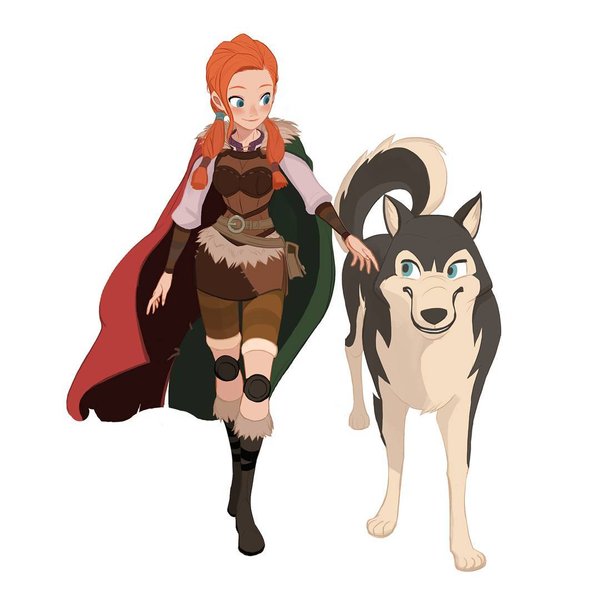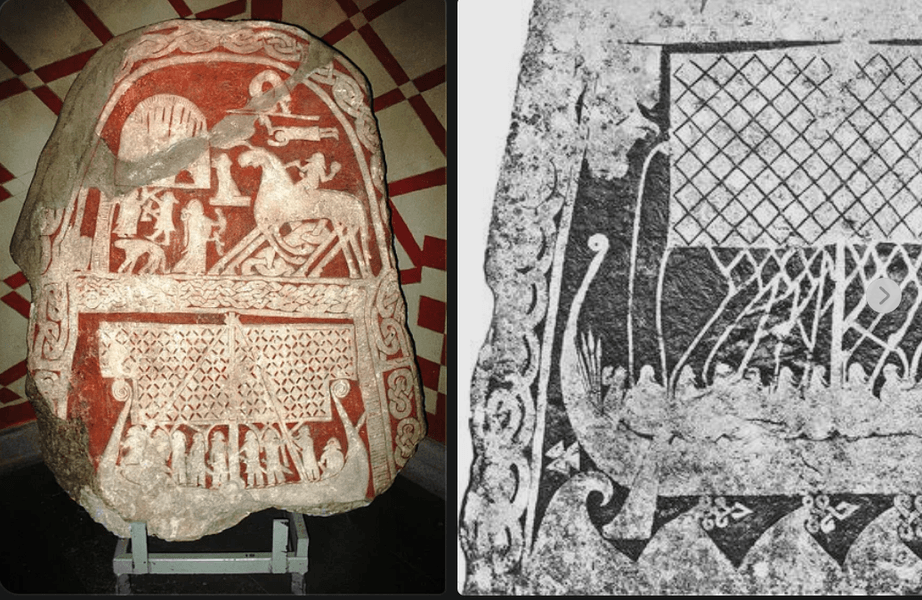Sublime
An inspiration engine for ideas
In the modern Nordic languages, vikingar or vikinger is still used only in the exact sense of seaborne raiders,
Neil Price • The Children of Ash and Elm
the largest longship ever found—thirty-two metres long, with a single-watch crew of eighty that could have been doubled for war. Dating to the early eleventh century, it is of the dimensions the sagas give for the highest rank of royal warships.
Neil Price • The Children of Ash and Elm




In a different context again, in 1962 an innovative coffer-dam excavation revealed five ships that had been deliberately scuttled in the eleventh century to form part of a sunken blockade controlling access to the Roskilde fjord in Denmark. They proved to be of types that had not been seen before in the archaeology, but which expanded the typology
... See moreNeil Price • The Children of Ash and Elm
In 792 a charter of King Offa of Mercia refers to Kent, and the need for military service against “seaborne pagans” (who can only be Scandinavians) in migratory fleets that had presumably been active for some time.
Neil Price • The Children of Ash and Elm
